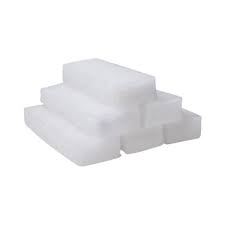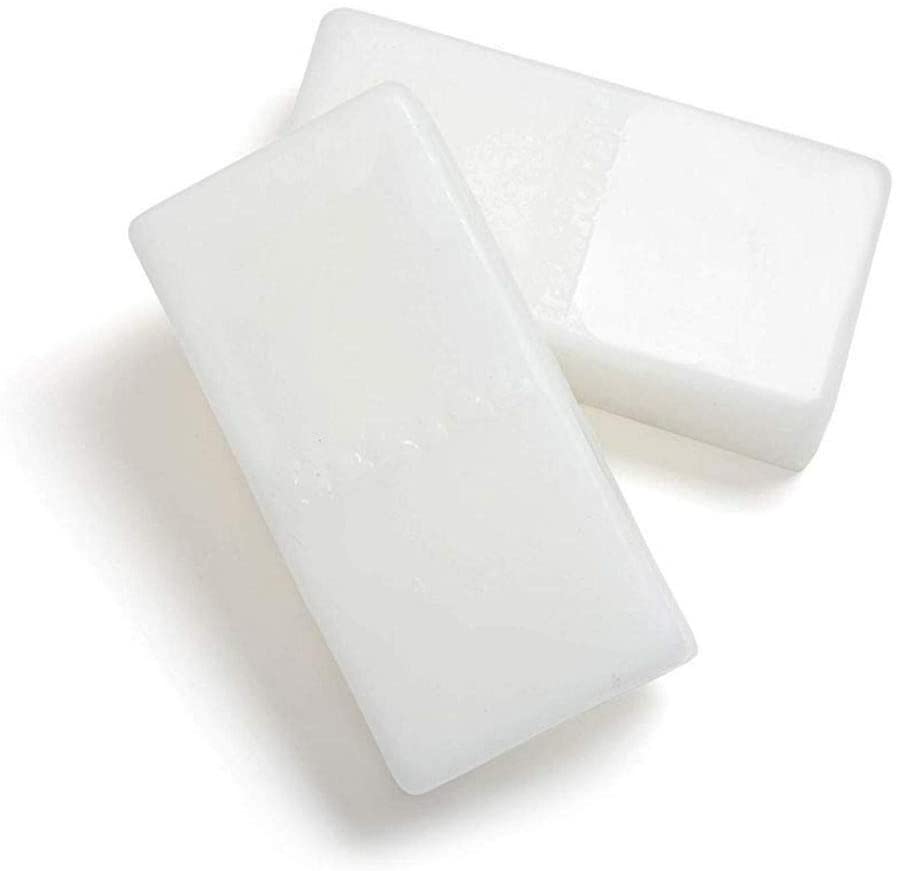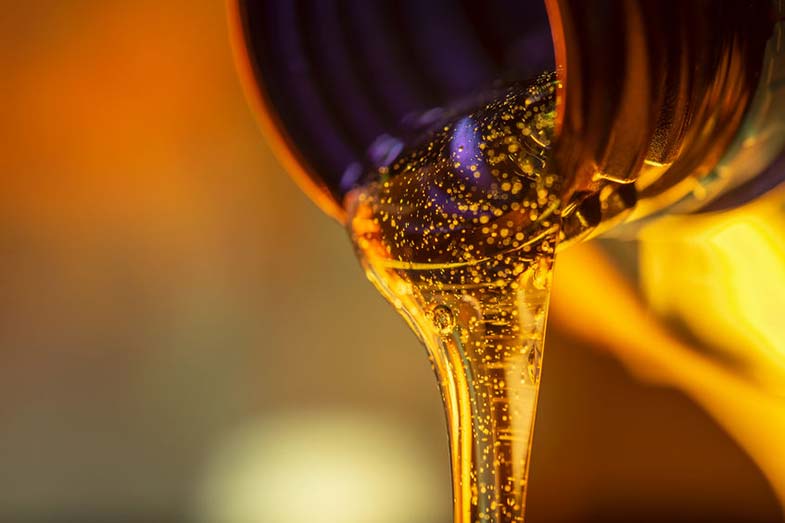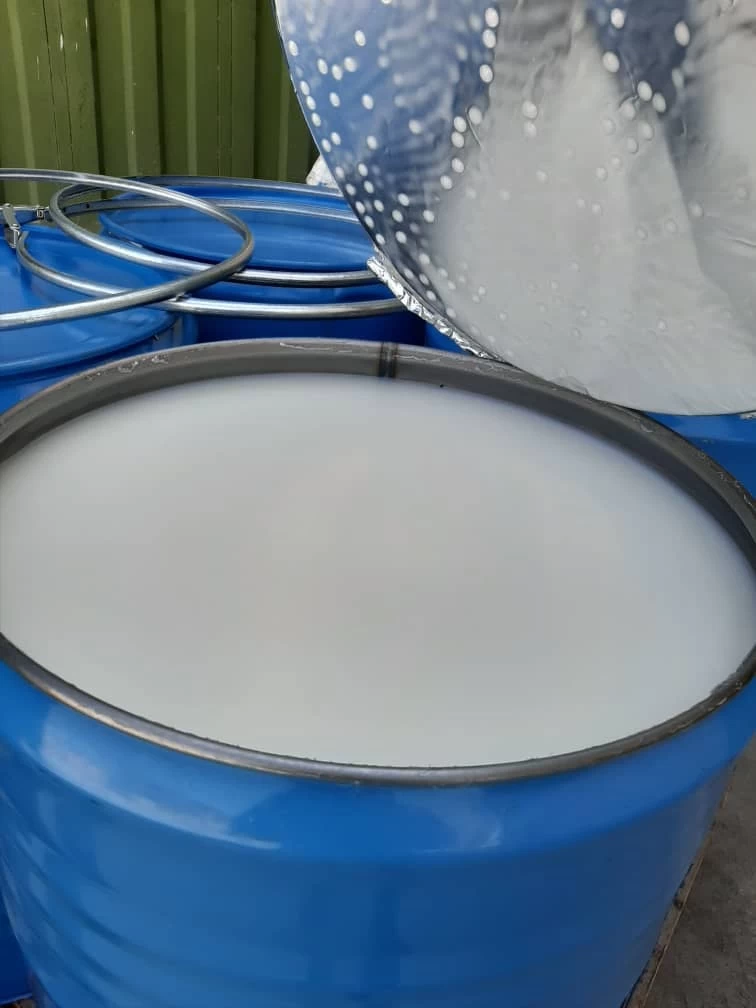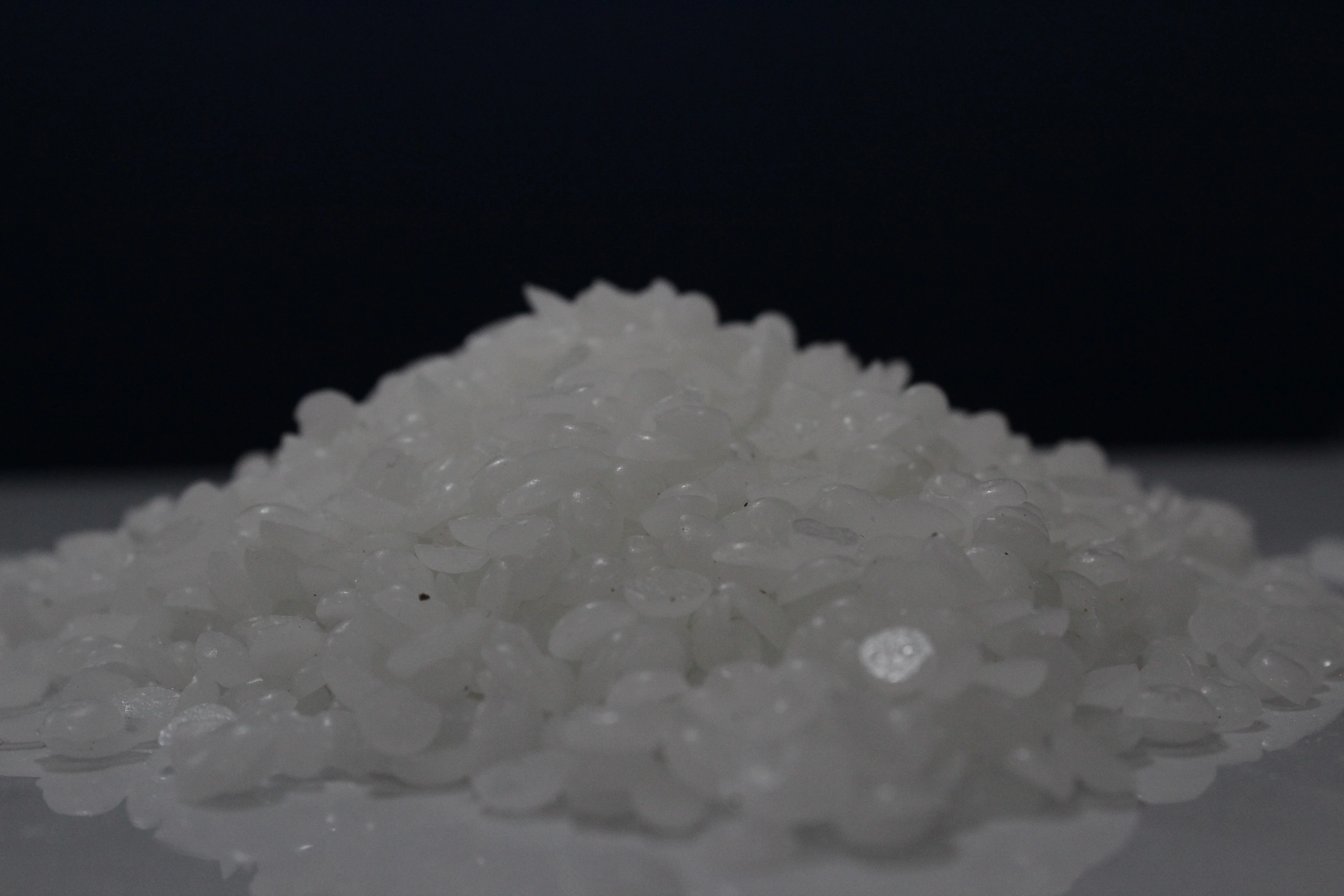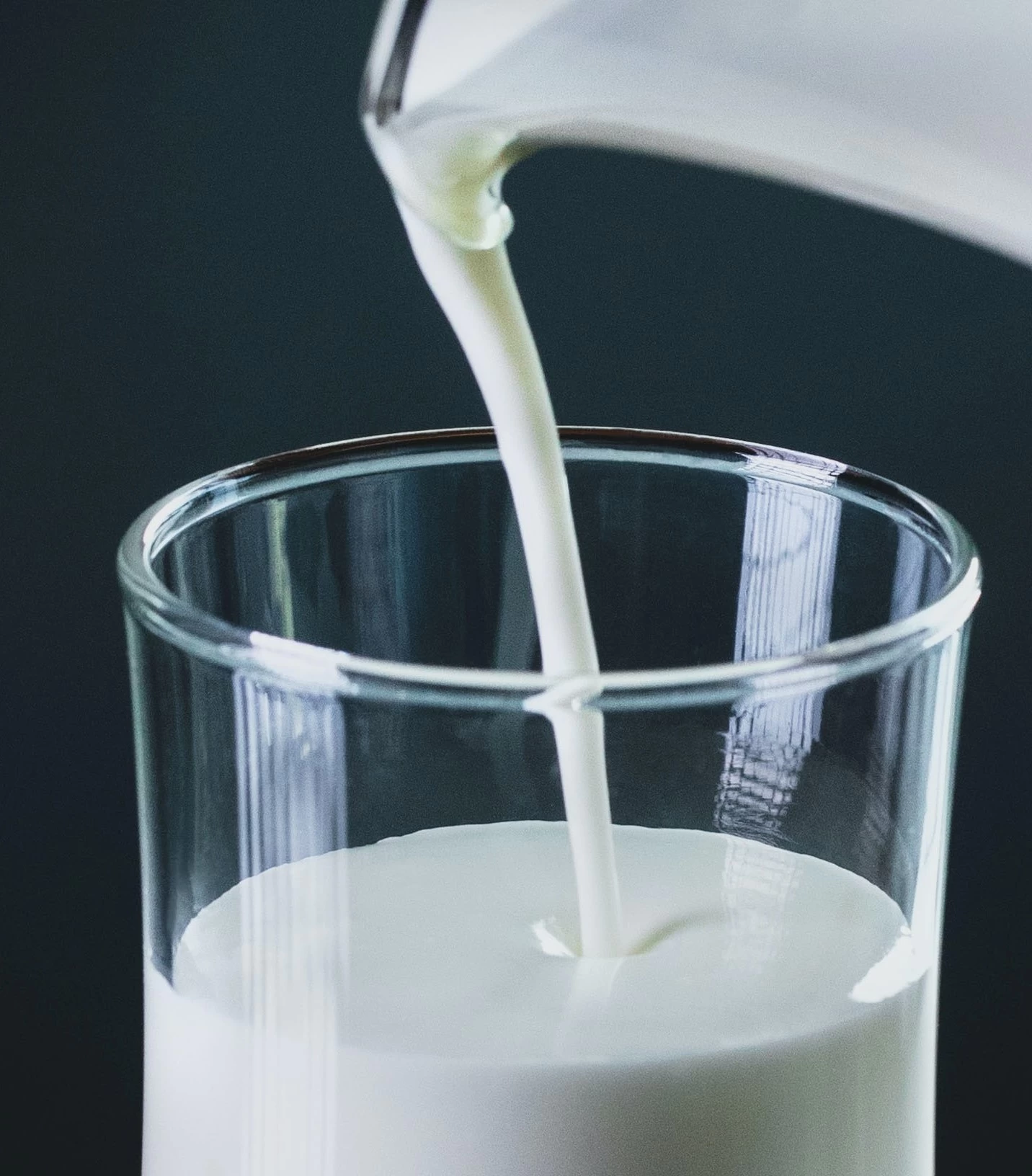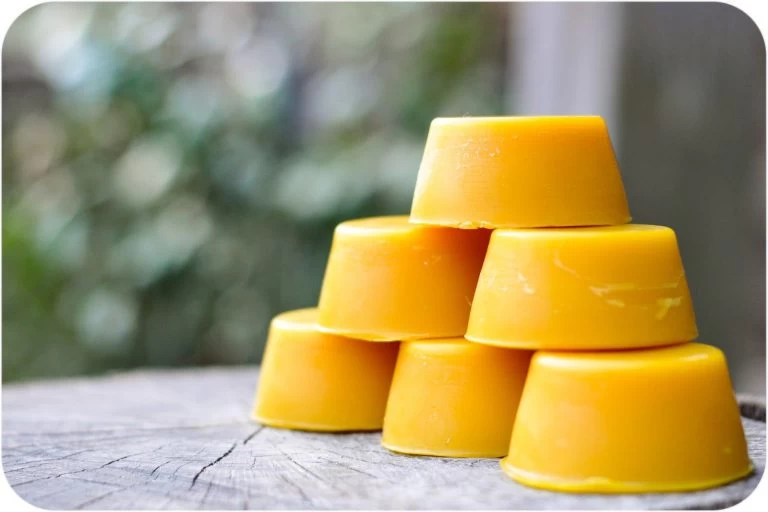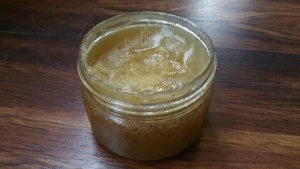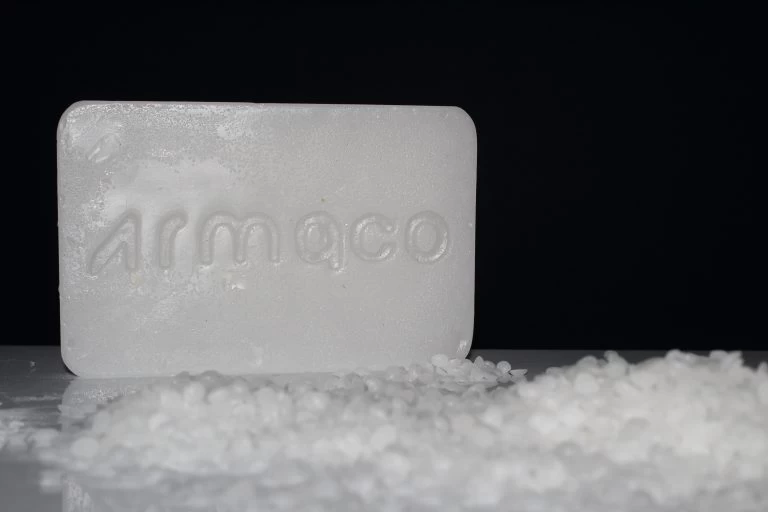Waxes are hydrocarbons that are extracted from crude oil. The presence of valuable chemical compounds such as normal paraffins in waxes attracts the attention of every chemist. wax oil
By using chemical reactions, valuable materials can be obtained that can be used in various industries. Do not divide petroleum waxes into three categories according to the raw materials from which they are obtained.
Paraffin waxes
This type of wax is obtained from raw materials with a low boiling point, and most of its components are normal paraffinic hydrocarbons.
The hydrocarbons that make up wax have 20 to 40 carbon molecules and their molecular weight varies between 280 and 560.
Also, it is solid at normal temperature and its viscosity is about 35-45 SUS (at 100 degrees Celsius) and its crystals are in the form of needles or plates.
Microcrystalline waxes
Microcrystalline waxes are obtained from the waxing of heavy raw materials. Its crystals are finer than paraffin types and its molecular weight is about 450-800 and the number of carbon compounds that make it up is between 32-57. Microcrystal waxes are better combined with sulfuric acid, nitric acid and sulfonic acid compared to paraffins, and the reason for this combination is the presence of hydrogen on the third type of carbon.
Oxidized types of these waxes are used in the production industry of floor wax (POLISH). They are also used as suspension pigments in paint production.
petrolatum
If waxing is done on the remaining materials of distillation, the resulting wax is called petrolatum. Its crystals are smaller than the previous two types and they keep some oil in them, so they usually have a gelatinous state.
Its molecular mass is between 560-980 and its melting point is between 55-85 degrees Celsius. When they want to spread petrolatum without using solvent and heat,
Petrolatum emulsified in water is used. Prepared using an emulsifier such as tetraethanolamine.
wax oil
 +7929688-88-14
+7929688-88-14

 English
English
 Persian
Persian
 Russian
Russian
 Chinese
Chinese


 +7929688-88-14
+7929688-88-14

 Oil derivation
Oil derivation


